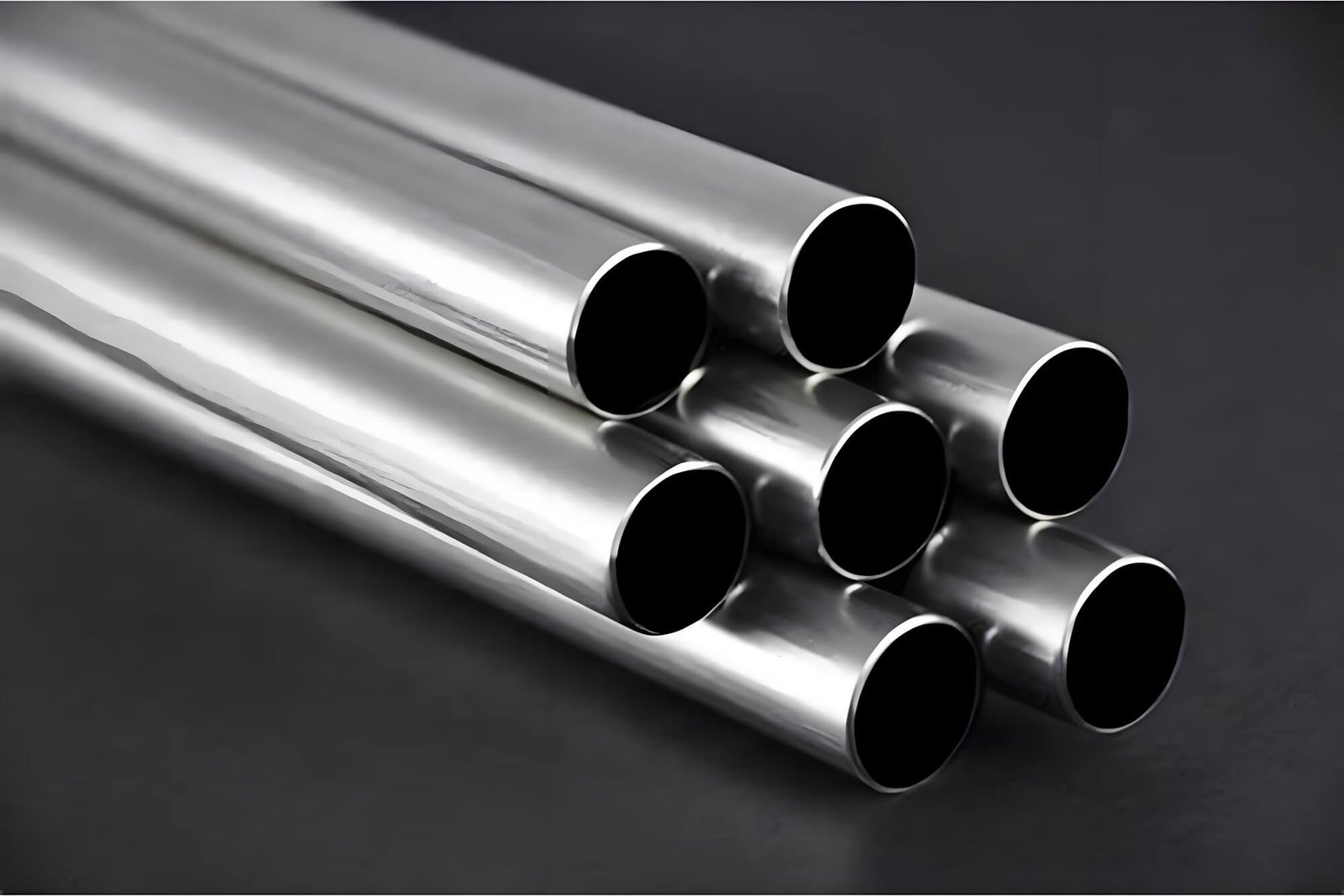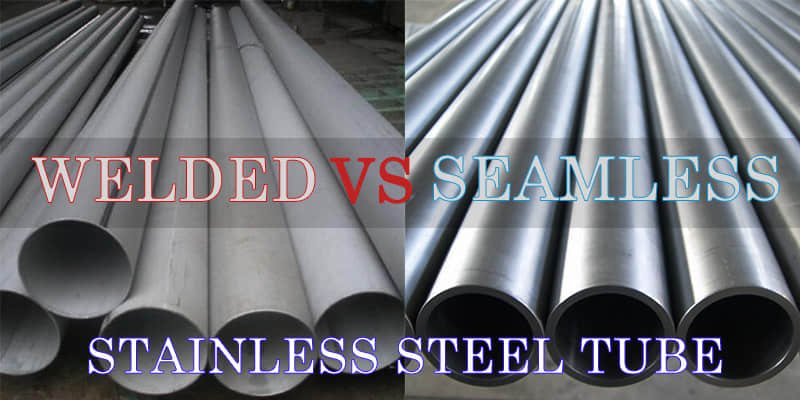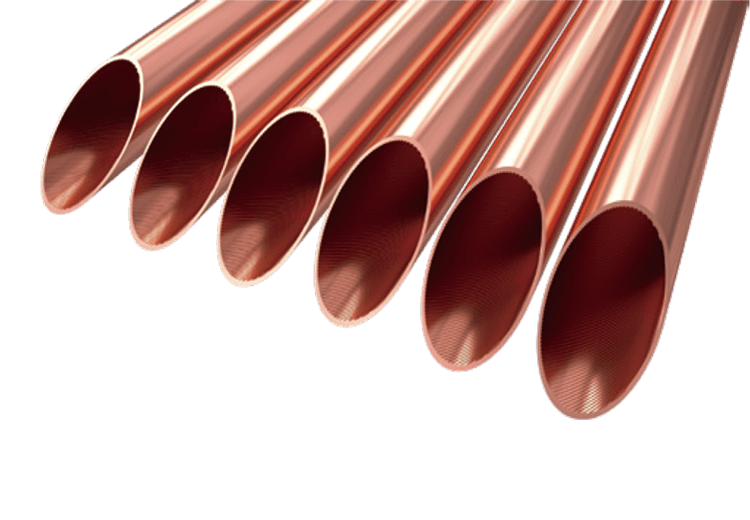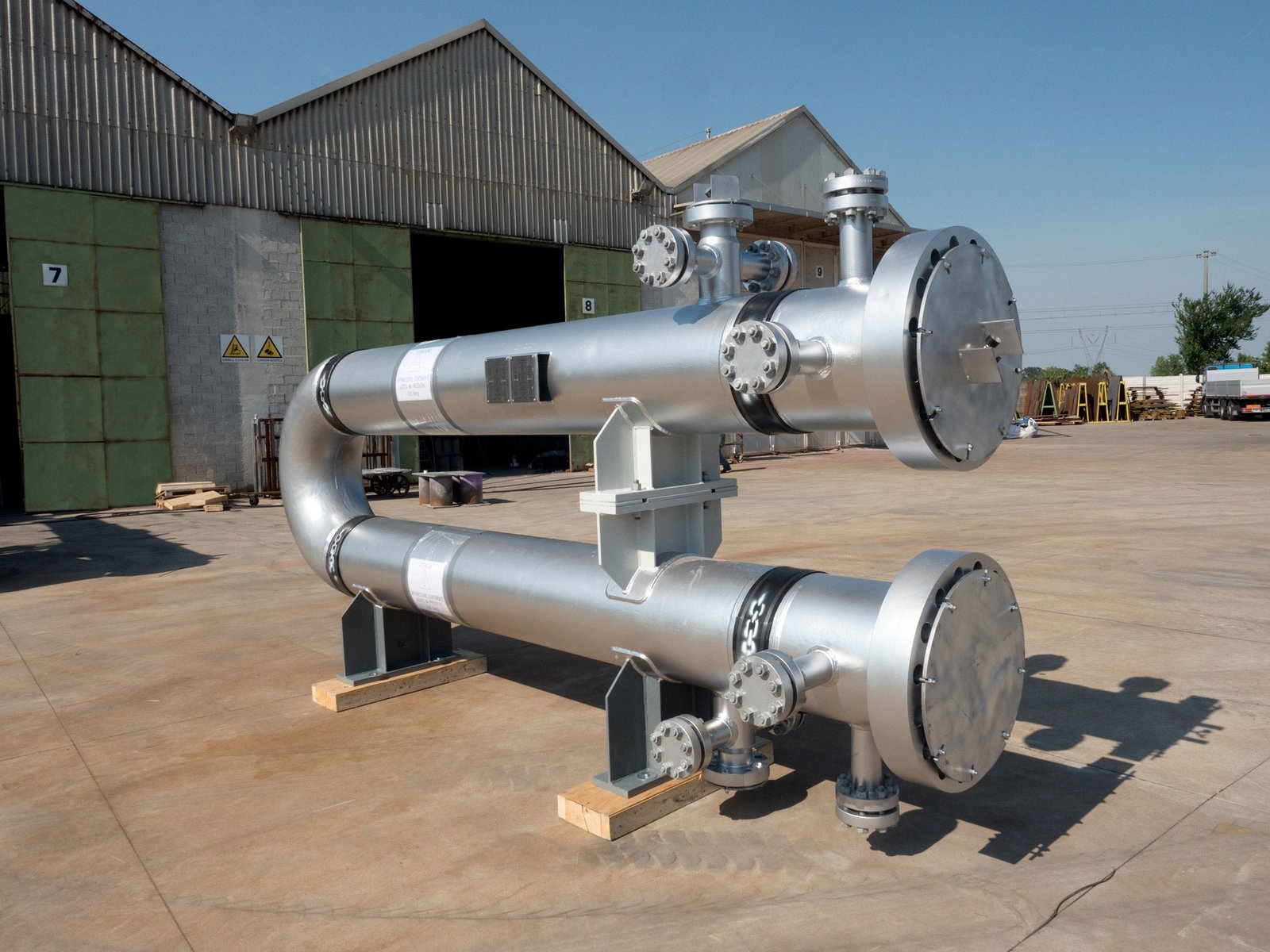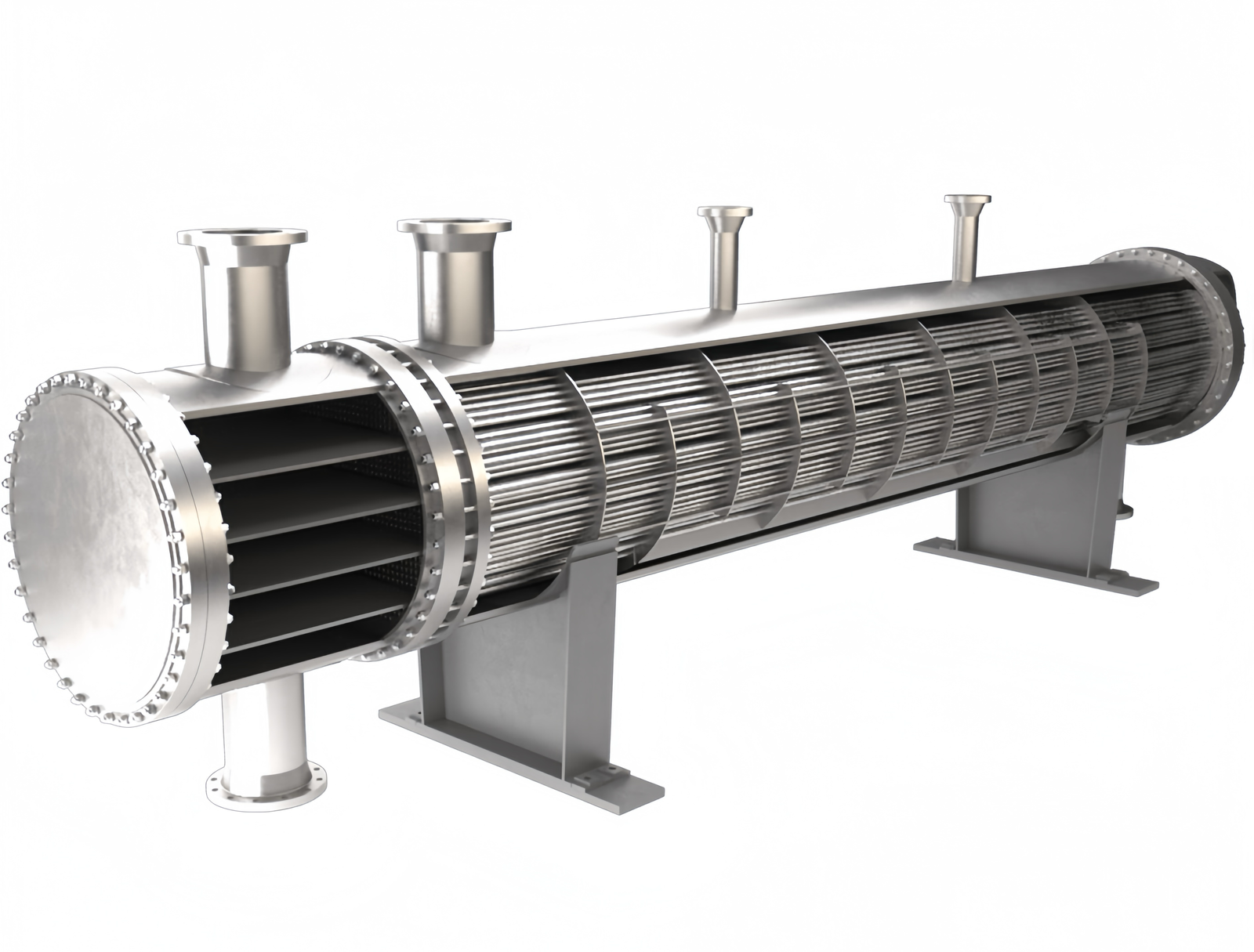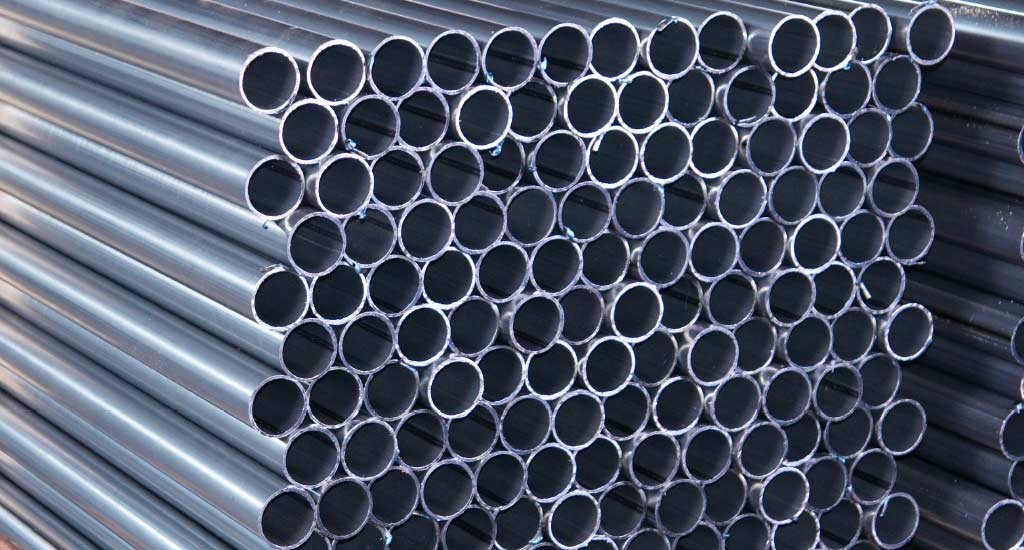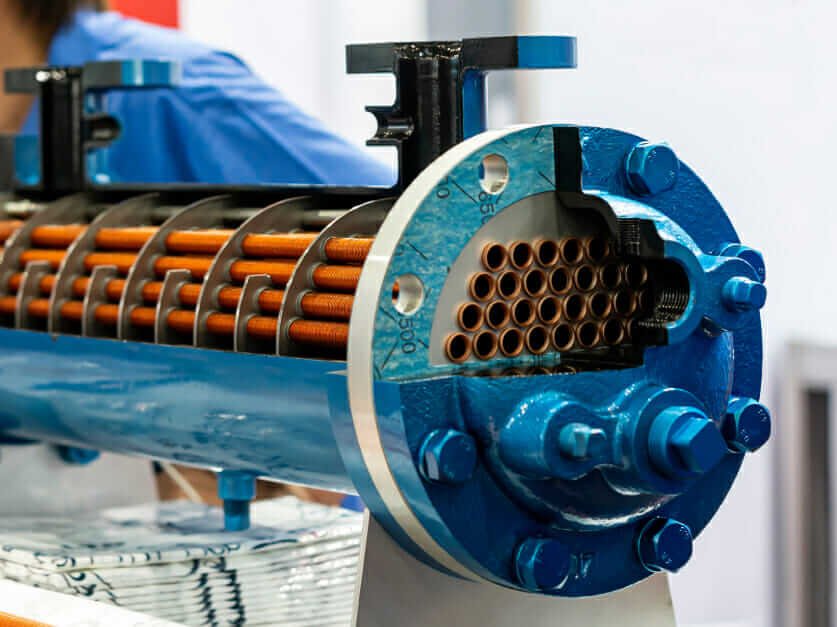Meta Description:
Discover how sanitary stainless steel tubes support hygiene, durability, and regulatory compliance in food & beverage processing plants across South America.
Introduction
As the food and beverage sector in South America expands rapidly—with leading producers in Brazil, Chile, and Argentina—hygiene and quality control are more critical than ever. From dairy lines in São Paulo to wineries in Mendoza, processing systems depend on stainless steel sanitary tubes to ensure cleanliness, durability, and compliance.
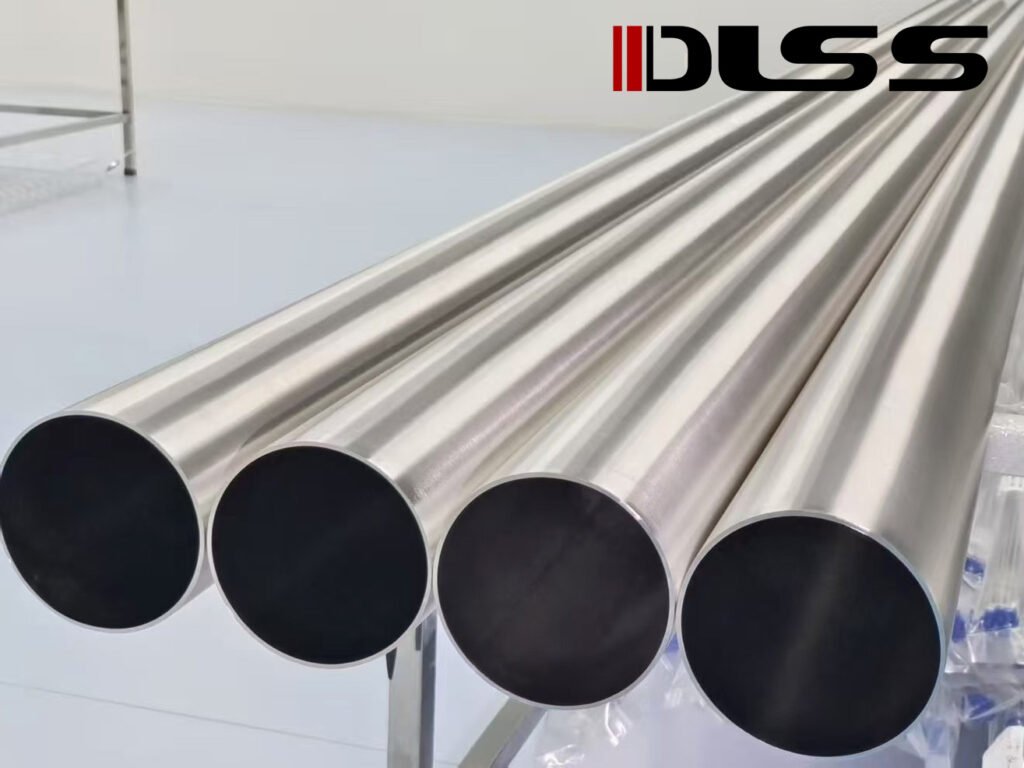
Why Sanitary Tubes Are Essential
Sanitary stainless tubes differ from industrial piping in several key aspects:
- Smooth, polished internal surfaces to prevent microbial buildup
- Corrosion resistance against acidic and alkaline cleaning agents
- Compliance with ASME BPE and ASTM A270 standards
- CIP/SIP compatibility for automated cleaning
They are ideal for food contact zones like:
- Milk processing and yogurt tanks
- Beer brewing and wine fermentation
- Juice and soft drink filling systems
- Chocolate and sugar syrup lines
Recommended Tube Grades and Finishes
| Grade | Application | Finish Type | Standards |
|---|---|---|---|
| TP316L | Dairy, wine, acidic juices | Electropolished (EP) | ASTM A270, ASME BPE |
| TP304L | Water, soft drinks, general food contact | Mechanically Polished | ASTM A270 |
| TP316Ti | Higher chloride resistance (fruit pulp) | Pickled & Passivated | EN 10217-7 |
Reference: ASME BPE Standard Overview
DLSS Capabilities
- Ra surface roughness ≤ 0.4 μm (EP), ≤ 0.8 μm (MP)
- Tube OD range: 12.7 mm to 76.2 mm
- Welding bead removal, ID polishing
- Compliance: ASTM A270, ASME BPE, EN ISO 1127
- Certifications: 3.1 MTC, Surface Ra reports, FDA material traceability
- South America service: Supply to Chile, Colombia, Brazil dairy plants
Trusted Source: EHEDG Guidelines on Hygienic Tubing
Case: Chile Juice Processing Plant
In 2023, DLSS delivered 15,000 meters of TP316L electropolished tubing to a juice processing plant in Chile’s Central Valley. Tubes were surface tested (Ra < 0.35 μm) and used in automated CIP/SIP circuits.
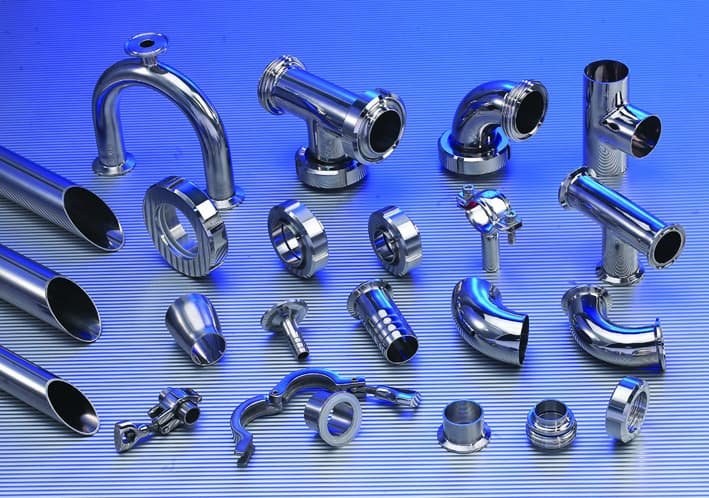
FAQs
Q: What’s the difference between EP and MP tubes?
EP tubes are electrochemically polished for a smoother, more sterile surface. MP tubes are mechanically polished and more economical.
Q: Are DLSS sanitary tubes compliant with FDA or European standards?
Yes. All tubing materials meet FDA CFR 21 177.2600 and EN 10204 3.1 traceability requirements.
Q: Do you offer local support in South America?
DLSS partners with distributors in Brazil and Chile for faster delivery and local after-sales service.
Conclusion
The food industry can’t afford hygiene compromises. DLSS sanitary stainless steel tubes ensure your systems meet the highest safety and regulatory standards—backed by precision manufacturing and global delivery to South America.
Contact DLSS
Email: info@dlsspipe.com
Website: www.dlsspipeline.com


